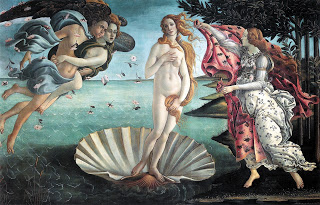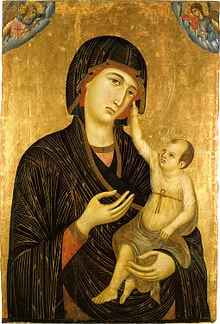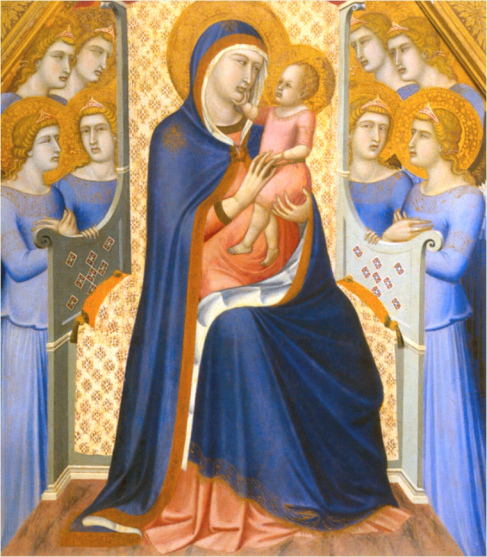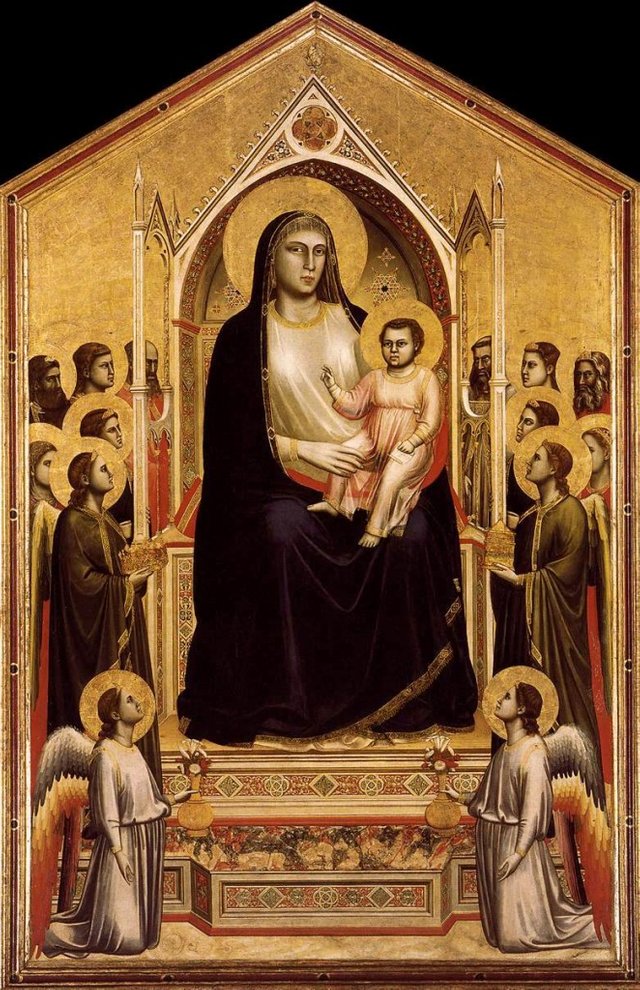Tempera Painting

Sandro Botticelli
Birth of Venus
Crudely began in Byzantine and early Christian works of art, and as some writers would suggest without any real evidence, along with the ancient Greeks. The traditional egg-yolk technique referred to as tempera painting came to exist as early as the fourteenth century described by Cennino Cennini in a treatise on painting as a well known and use technique in his day. Considered the principle medium for easel painting in Europe up until the development and implication of artistic oil painting.

Duccio di Buoninsegna
The Madonna and Child
The early Italian painters would usually take great care to produce works that would last, while making almost no effort to
make the process any easier. They tended to rely on superior skill to overcome these issues unlike the more northern painters
who would experiment with new materials in an attempt to create works that reached impossible to recreate with product that
is easier to manipulate through the adherence to the egg technique of Cennini. These methods and materials are said to be
created about 1400 in Flanders and then of course introduced to Venice. Much of the fifteenth and sixteenth centuries we see
tempera paintings being produced at an extremely high quality that even to this day serve as models for the technique.

Pietro Lorenzetti
Madonna and Child Enthroned with Angels
Right around this time (1400) a boom in the art world occurred. Traders began buying supplies from the
orient, and the manufacturing and distribution of top quality and uniform products became widely available. Linseed oil was known though used more as a protective layer
than a medium, it was a crude form of what we know now as raw linseed oil. However thinners remained almost unknown till the development of both of these products in the
fifteenth century. We should keep in mind that decisions within the art community are a popularity contest. Vasari and other writers lived in a time when tempera painting
started to fade from popularity being replaced with oil. Tempera painting was condemned as inferior to oil not because it was but because it looked more appealing. By
the sixteenth and seventeenth centuries oil painting was in full affect.

Giotto di Bondone
Madonna in Maest
Some painters still produced tempera however they had adapted to more of an oil painting
technique. Its generally considered completely obsolete by the end of the sixteenth century. In attempting this style it is important to recognize that much of the raw
materials available have gone under many changes in there recipes and instruction of former times. You should familiarize yourself with the artistic or pictorial aims
of the period you wish to recreate. Though considered a dead form for over 300 years it may still yet to prove it has some tricks up its sleeve within the modern art
movement as it creates some of the affects crucial to the form. Its also been cited as an excellent underpainting medium, while also being able to make a great glaze.
Thanks for reading!!! I sure would appreciate your upvote and resteem